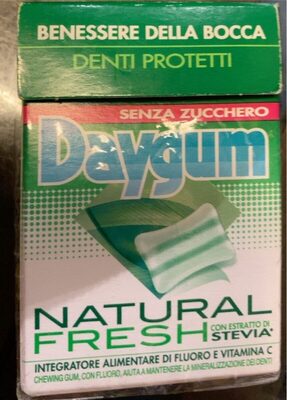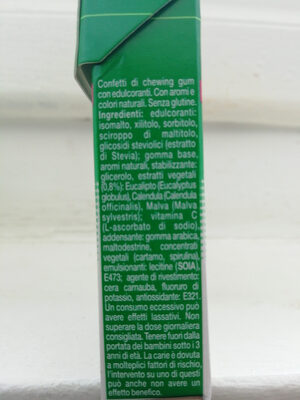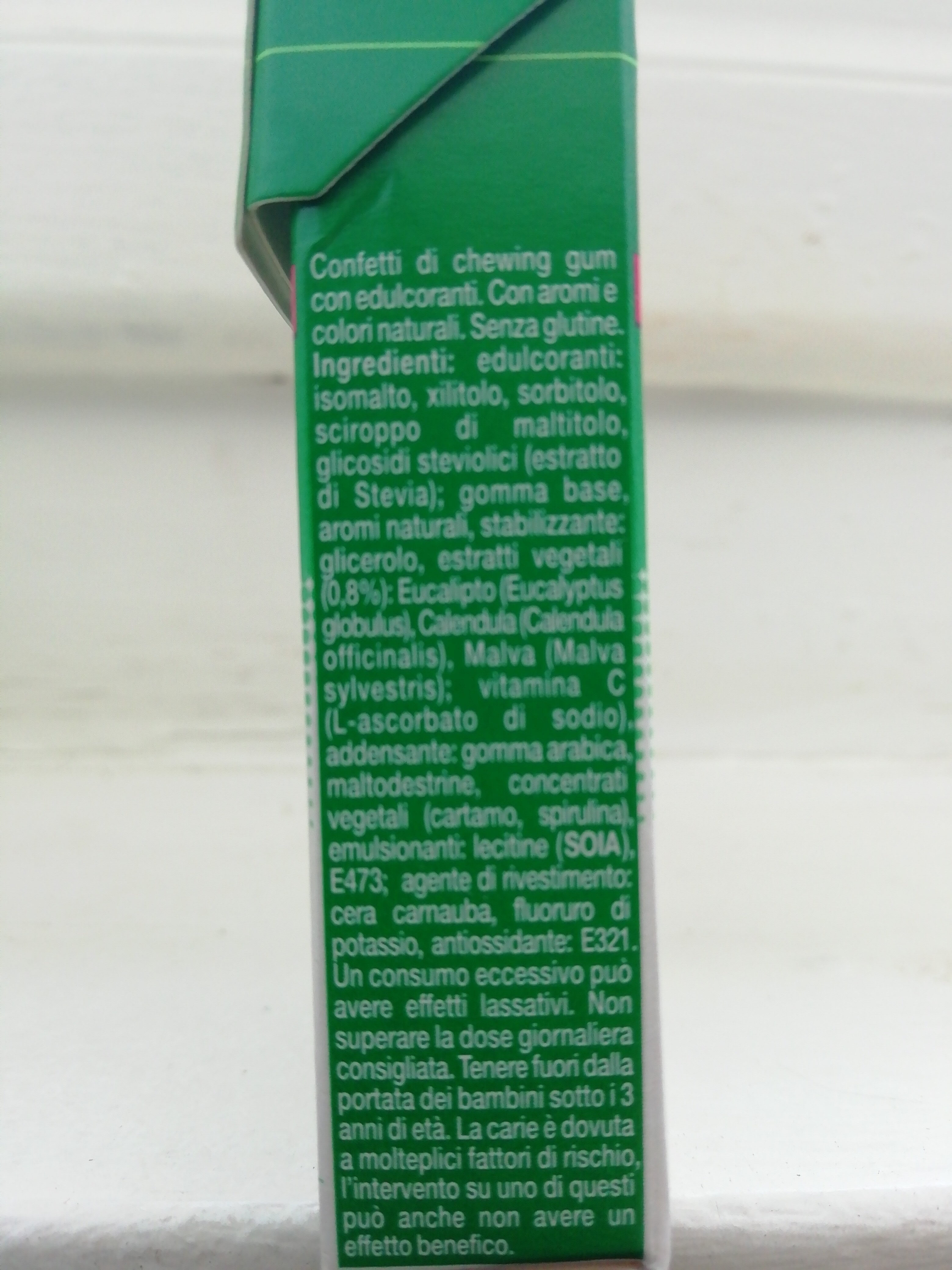Perfetti Daygum Natural Fresh Senza Zucchero - 29 g
This product page is not complete. You can help to complete it by editing it and adding more data from the photos we have, or by taking more photos using the app for Android or iPhone/iPad. Thank you!
×
Barcode: 80863458
Quantity: 29 g
Packaging: Paper
Brands: Daygum
Categories: Snacks, Sweet snacks, Confectioneries, Chewing gum, it:Gomma da masticare
Labels, certifications, awards: No gluten
Countries where sold: Belgium
Matching with your preferences
Environment
Packaging
Transportation
Report a problem
Data sources
Product added on by openfoodfacts-contributors
Last edit of product page on by packbot.
Product page also edited by inf, kiliweb, roboto-app, yuka.sY2b0xO6T85zoF3NwEKvlhQWXsbdmAPjKDbglVGbxuegLpWzXv0uv63WOas.
If the data is incomplete or incorrect, you can complete or correct it by editing this page.









